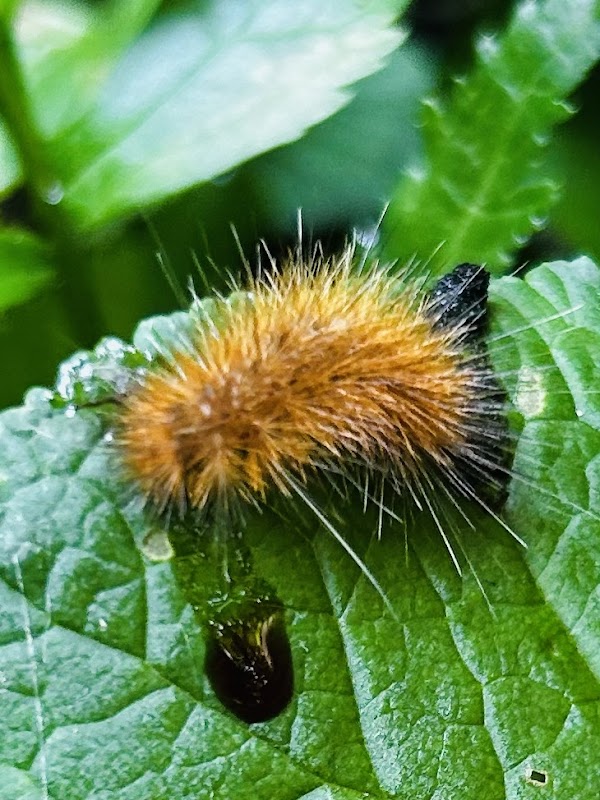
Discover the Great Miami Valley Birding Festival in Piqua, Ohio, where riverside hikes and guided tours bring you face-to-face with the region’s remarkable birdlife. This hands-on festival blends accessible trails with expert insights to create an enriching outdoor experience for all skill levels.
Wear Water-Resistant Footwear
Trails near the Great Miami River can be damp or muddy, especially after rainfall or spring melt. Boots or shoes with good tread will keep you stable and dry.
Bring Binoculars and Field Guide
The festival is all about bird spotting; a reliable pair of binoculars and a regional bird guide will enhance your ability to identify species on the move.
Start Early or Late for Best Sightings
Birds are most active during the cooler hours around dawn and dusk, so plan hikes during these times to maximize encounters.
Hydrate and Pace Yourself
While not overly strenuous, the combination of fresh air, walking, and focus requires regular hydration and a comfortable pace.
Exploring the Great Miami Valley Birding Festival: A Hands-On Adventure in Piqua, Ohio
The Great Miami Valley Birding Festival in Piqua, Ohio, invites both casual birders and seasoned enthusiasts to engage directly with the region’s dynamic avian world. Set alongside the winding banks of the Great Miami River, this event combines immersive field experiences with practical guidance, providing an accessible gateway to some of Ohio’s most diverse bird habitats.
Festival activities span several miles of carefully chosen trails, generally ranging from 2 to 5 miles per hike. Terrain varies from flat riverside paths to gently rolling woodlands, presenting an enjoyable challenge without demanding specialized technical skills. These routes thread through patches of forest where songbirds voice their presence and open wetland areas where waterfowl boldly claim the sky.
Underfoot, expect a mix of packed dirt, occasional gravel, and some early spring mud where the river pushes moisture into the shoreline. Elevations rise and fall between 10 and 50 feet, never overpowering, but enough to engage the heart rate and keep hikers alert to shifting natural conditions. Expect to spot bright flashes of warblers among fresh green leaves in spring or hear the distinctive calls of hawks soaring above the riverside meadows later in the day.
Preparing for this festival means balancing enthusiasm with practical readiness. Sturdy, water-resistant footwear is essential — you’ll want grip and support for navigating both trail and river-bank edges. Hydration packs or bottles are crucial; the river’s presence can deceptively mask the level of exertion involved. Dawn and dusk are peak times to catch bird activity, so plan accordingly to maximize sightings while ensuring personal safety along quieter paths.
The Great Miami River acts almost like a natural guide, daring you to follow its bends and telling stories through the birds that answer its call. The festival showcases the intricacies of local ecosystems fiercely themselves, demanding respect and patience as participants seek to learn, observe, and interact sustainably. With workshops and expert-led hikes available, newcomers gain confidence, while experienced birders find the challenge of spotting rare migrants or distinctive species both rewarding and invigorating.
Whether you are armed with binoculars and patience or simply come to absorb the rhythm of feathered life interrupted only by the pulses of human curiosity, the Great Miami Valley Birding Festival offers a grounded adventure that connects active minds to an environment alive with movement and promise.
Nearby Trips
All Adventures
Boat Charters
Water Activities
Adventures near Piqua, Ohio
Discover the unique and memorable adventures that make Piqua, Ohio special.
Frequently Asked Questions
What is the best time of day to spot the most birds during the festival?
Bird activity peaks in the early morning and late afternoon. These cooler parts of the day see the most movement as birds forage actively. Scheduling hikes at these times improves chances of sightings.
Are the hiking trails suitable for beginners or children?
Yes, the trails range from flat riverside paths to gentle inclines, making them accessible to most age groups and skill levels. Families with children can participate, though supervision near the riverbanks is advised.
Can I rent binoculars or birding equipment at the festival?
Some vendors and organizers may provide rental binoculars or beginner kits, but availability varies. Bringing your own gear ensures you are ready for every moment without delay.
What types of birds are commonly seen at the festival?
Visitors often spot warblers, hawks, egrets, and various waterfowl like herons and ducks. Seasonal variations mean some species are migratory, while others are year-round residents.
Is the festival focused solely on birding or are there other activities?
While birds are the main attraction, the festival includes guided nature walks, educational workshops, and family activities designed to connect participants with the local ecosystem broadly.
Are there any local environmental efforts linked to the festival?
Yes, the festival works closely with conservation groups to promote habitat preservation and educate on sustainable birdwatching practices to protect the fragile river corridors.
Recommended Gear
Water-Resistant Hiking Boots
Protect feet against muddy or damp conditions near riverbanks and forested trails.
Binoculars
Critical for spotting and identifying birds at a distance.
Lightweight Rain Jacket
Weather in spring can be unpredictable; a rain jacket ensures you stay dry and comfortable.
Sun Protection (Hat & Sunscreen)
Necessary for sunny summer hikes to prevent sunburn and heat exhaustion.
Local Insights
Hidden Gems
- "The Hammock Metro Park offers serene riverside views often missed by casual visitors."
- "Look for the small wetlands near Island Park where secretive marsh birds can be spotted in quiet moments."
Wildlife
- "Keep an eye out for red-shouldered hawks nesting in tall oaks along the river."
- "River otters occasionally make appearances near calmer stretches of the Great Miami River."
History
"Piqua’s history as a river trading hub adds layers of human stories to the landscape, with remnants of canals and old mills hinting at past industry alongside nature’s persistence."
